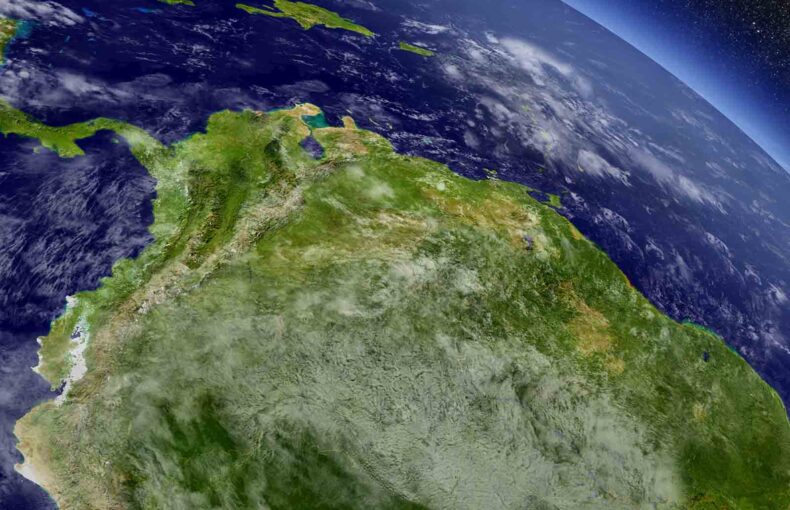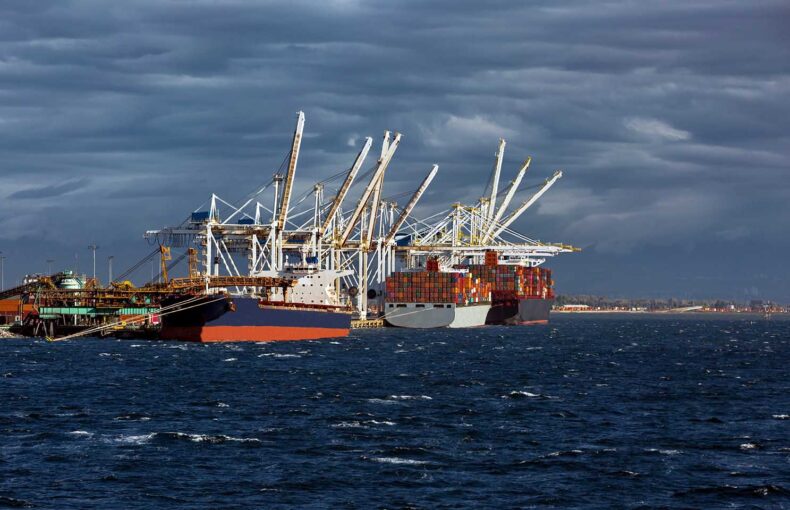World wide weather
Space is seen as the next frontier for mankind. But while we explore technology for exploring space, there is also an advantage to using the same space (pun intended) for monitoring the Earth’s weather patterns.
Low-orbit nanosatellites, designed and manufactured by Spire Global, utilize a technique called radio occultation to gather atmospheric readings. Radio occultation is a remote sensing methodology used for measuring the physical properties of a planetary atmosphere or ring system. It takes measurements to create a detailed profile of atmospheric temperature, pressure, and humidity. The soundings, as the measurements are known, offer a powerful combination of worldwide coverage and high vertical resolution. They are also unbiased and promise long-term data continuity.
If you’d like to learn more about how this technology is empowering global weather forecast models, take a look at our free white paper covering just this.
Why is this better than conventional methods?
“Many years of experience has shown that radio occultation improves the skill of global weather prediction for several reasons,” said Dr. Alexander MacDonald, a Spire Global advisor with over 40 years of experience at the National Oceanic and Atmospheric Administration. “First, it has high detail in the vertical, second, it is a more accurate measure of temperature in the middle part of the atmosphere than any other satellite sensor, and third, it has excellent coverage over the whole Earth.”
Better predictions translate into earlier storm warnings, more efficient route planning, optimized agricultural practices, reduces greenhouse gas emissions and contributes to human and asset safety.and a whole catalog of other beneficial outcomes.
What is the real-world impact?
Enhancing weather predictions will help airline and shipping organizations hone route planning, promising lower costs and fuel consumption. The agricultural industry will be able to boost crop yields and prepare for storms, droughts, and frosts. And energy companies can optimize the production of renewable power.
 Written by
Written by


